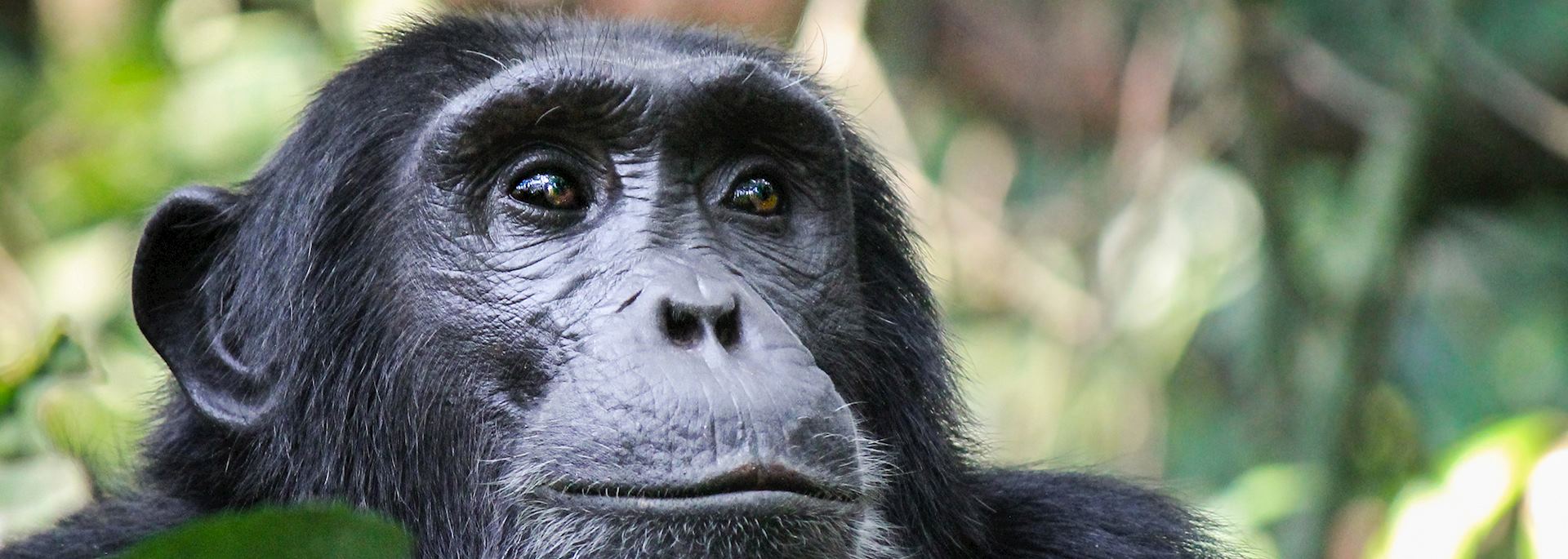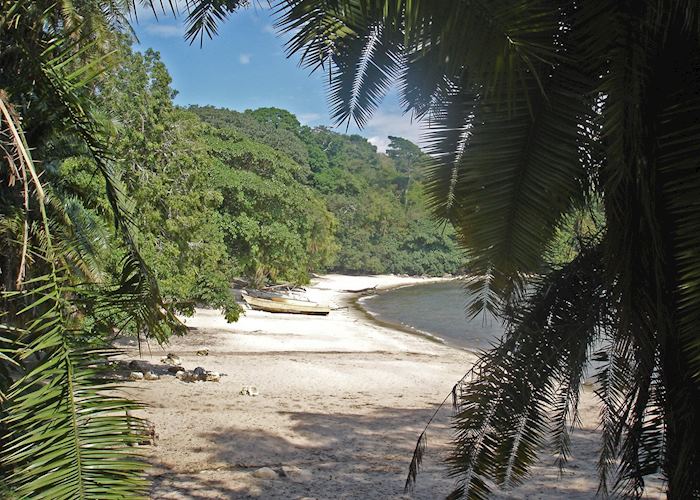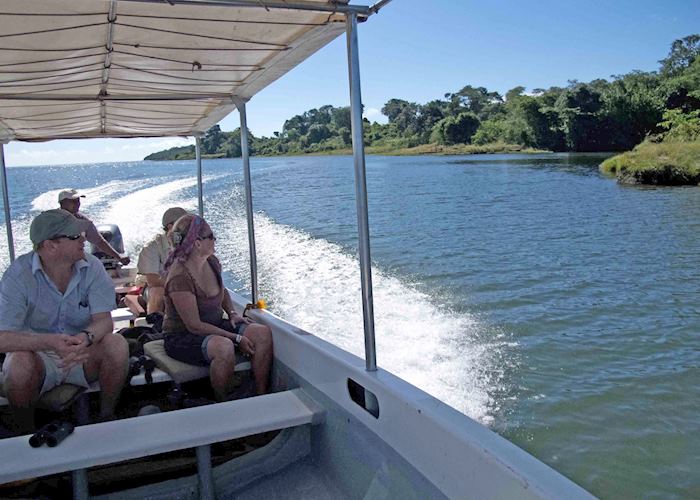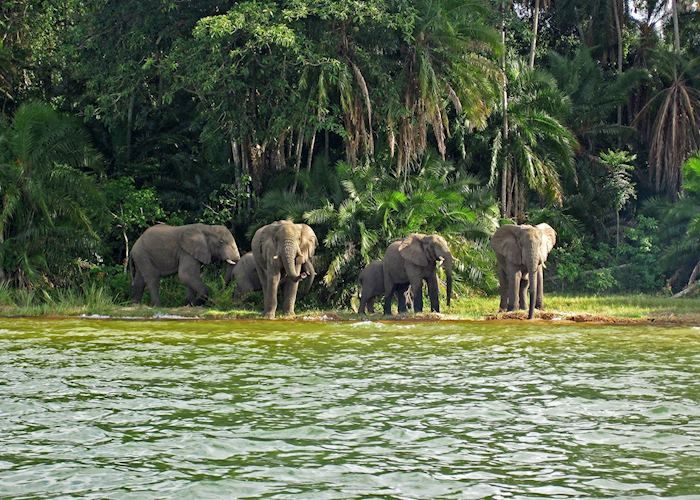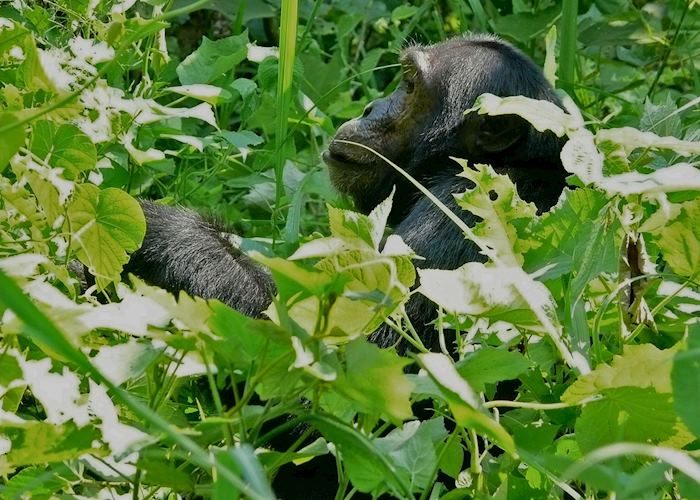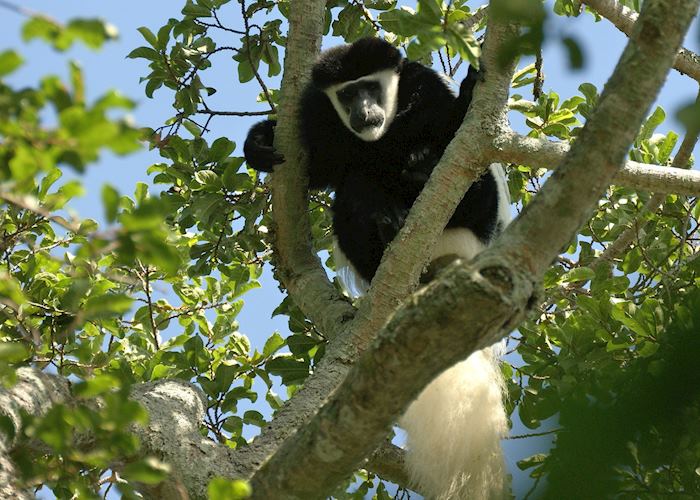Jump to:
Located in the southwest of Lake Victoria, Rubondo Island is Africa’s largest island national park.
The park spans the main Rubondo island and 11 smaller islands covering 457 square metres. The main island is 26 kilometres long and 80% of its surface is covered by pristine, untouched forest, fringed with soft sandy beaches. There are no villages here, so the only inhabitants are park rangers, researchers, and the staff and guests of Rubondo Island Camp.
 Wildlife highlights here include chimpanzee (these are in the process of being habituated by researchers, so sightings are rare and not guaranteed), various species of monkey, the rare sitatunga antelope (which hide in the papyrus swamp), elephant, giraffe and more than 200 bird species, including the largest known population of fish eagles in Africa. The water surrounding the island is rich with fish including tilapia and the Nile perch. Visitors can expect a truly remote, unique and wild destination — perfect for travellers with a real sense of adventure who are looking for their own slice of paradise.
Wildlife highlights here include chimpanzee (these are in the process of being habituated by researchers, so sightings are rare and not guaranteed), various species of monkey, the rare sitatunga antelope (which hide in the papyrus swamp), elephant, giraffe and more than 200 bird species, including the largest known population of fish eagles in Africa. The water surrounding the island is rich with fish including tilapia and the Nile perch. Visitors can expect a truly remote, unique and wild destination — perfect for travellers with a real sense of adventure who are looking for their own slice of paradise.
who's been there

Start planning your tailor-made trip to Rubondo Island by contacting one of our Tanzania specialists
-
01993 838 92501993 838 545
- Make an enquiry
Places near Rubondo Island
- Serengeti National Park 194 miles away
- Lake Eyasi 237 miles away
- Ngorongoro Crater 255 miles away
- Northern Tanzania 255 miles away
- Karatu 271 miles away
- Ol Doinyo Lengai 281 miles away
- Lake Manyara National Park 281 miles away
- Lake Natron 289 miles away
- Mahale Mountains National Park 300 miles away
Photos of Rubondo Island
Accommodation choices for Rubondo Island
We've selected a range of accommodation options for when you visit Rubondo Island. Our choices usually come recommended for their character, facilities and service or location. Our specialists always aim to suggest properties that match your preferences.
-
![Room exterior, Rubondo Island Camp]() Responsible ChoiceWe've hand-selected a range of tours and stays across the world that go above and beyond to be a force for good by supporting local businesses, educating staff, challenging local norms, or promoting conservation and biodiversity efforts. Your Responsible Choice helps increase the positive impact of your trip.
Responsible ChoiceWe've hand-selected a range of tours and stays across the world that go above and beyond to be a force for good by supporting local businesses, educating staff, challenging local norms, or promoting conservation and biodiversity efforts. Your Responsible Choice helps increase the positive impact of your trip.Rubondo Island Camp
Rubondo Island

